The Creek Was Real
The mall's atrium once held a 300-foot indoor stream. Water ran beneath glass bridges and down short cascades while light filtered through a curved skylight.
If you walked the center court in 1982, you heard the fountain before you saw it. That sound cut through the hum of the food court, between the low murmur of shoppers and the soft roll of carts.
Federated Stores Realty built it all on top of Spring Creek in Plano, Texas, using a trio of 2,400-foot culverts to carry the water beneath the slab.
The name came from the choice of Collin County and Spring Creek. Shoppers didn't need to know that.
They saw the name on the entrance signs and remembered it on receipts. For many in the region, it became the backdrop to birthdays, haircuts, and shoe sales.
If you're looking for things to do in Plano, Texas, you'll need to start with what was here previously.
From Drainage Plans to Grand Opening
The creek didn't disappear when construction started. It was routed through engineered tunnels, buried beneath the base slab, and largely forgotten by most of the people who came through the doors when Collin Creek Mall opened on July 29, 1981.
Federated Stores Realty developed the project with the aim of anchoring retail along North Central Expressway.
At 1.1 million square feet, the structure featured five anchor slots and a two-level interior ring. Sears and Dillard's opened that same day, with Lord & Taylor joining in October.
The centerpiece was both architecturally and conceptually significant. A stream ran through the central court. Real water, not simulated - fountains, a waterfall, and live shrubbery.
It divided the food court, called The Patio, from The Village Walk, an 18,000-square-foot cluster of smaller shops built to feel different from department stores.
Early marketing focused on that distinction: a suburban mall that felt like a miniature town.
Everything opened on schedule. Even JCPenney, which wouldn't launch its store until 1983, was already on the map. The creek, for a time, became the mall's visual signature.
People noticed it, talked about it, and used it as a meeting point. Decades later, even after multiple remodels, some still described the place by saying, "It's the one with the water."
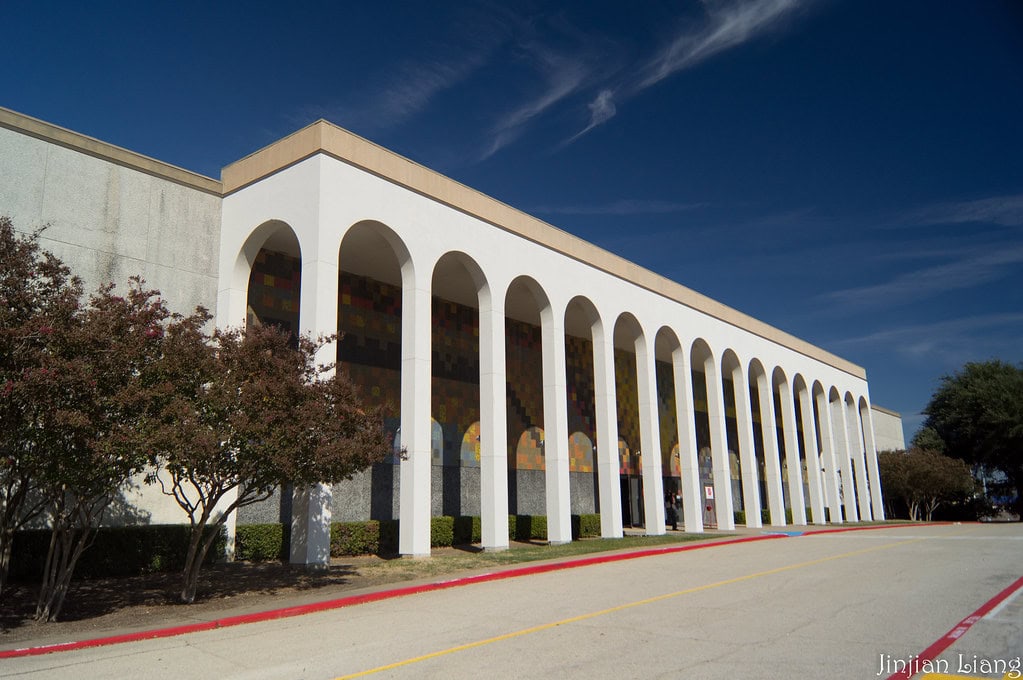
Remodels, Rebrands, and Holding Pattern Leases
By 1992, the creek was gone. So was the Village Walk. The fountains remained, but in a smaller form, and the food court took on a new name: The Terrace.
Renovation erased some of the mall's original charm, but developers framed it as a refresh. Retail tastes had shifted. The remodel followed.
Three years later, The Rouse Company acquired a 30% stake. By 2002, they held the entire asset.
Rouse was already known for urban-style malls, and Collin Creek's traditional setup gave them room to test strategies for a space that still pulled steady traffic but had begun to feel off-rhythm with newer competitors.
A 2008 renovation focused more on cosmetic updates than structural changes. Still, nothing moved the sales floor needle. By 2011, General Growth had split off the asset into Rouse Properties, a newly formed holding company for underperforming sites.
That shift marked a quiet reclassification. Collin Creek Mall was no longer core.
City officials offered a $600,000 renovation grant in 2012, but tenants noticed the leasing patterns before the public did.
Short-term leases. Low-pressure retention. Management decisions showed an internal calculus: keep it alive, but without long-term bets. That posture told more than press releases ever did.
Declines, Defaults, and Offloading the Property
The phrase "special consideration asset" showed up in 2014. It meant risk. Rouse had flagged Collin Creek Mall for potential distress, and soon after, Trepp published a report stating that the mall hadn't turned a profit since 2011.
Analysts read that as a clear warning: prepare for foreclosure or sale.
In 2015, it changed hands again. Midland Loan Services, affiliated with PNC Financial Services, acquired ownership for $57.6 million.
The buyer wasn't a retailer. This was a recovery position, less about turning it around than about managing the slide.
The stores were still open. JCPenney kept the lights on. Amazing Jake's, which had opened in 2008 in the former Mervyn's location, continued to offer weekend parties and arcade packages.
But occupancy rates dipped. Small shops cycled out faster. Anchor tenants, such as Macy's, drew fewer customers, and eventually, the entire structure began to feel too quiet for its scale.
By 2017, Macy's had shuttered. JCPenney was still holding on, but plans had already been floated to sell that parcel separately.
Inside the Collin Creek Mall, the echo became more noticeable. Some remembered the way the sound used to bounce off the tile near the center court.
Now it is mostly settled.
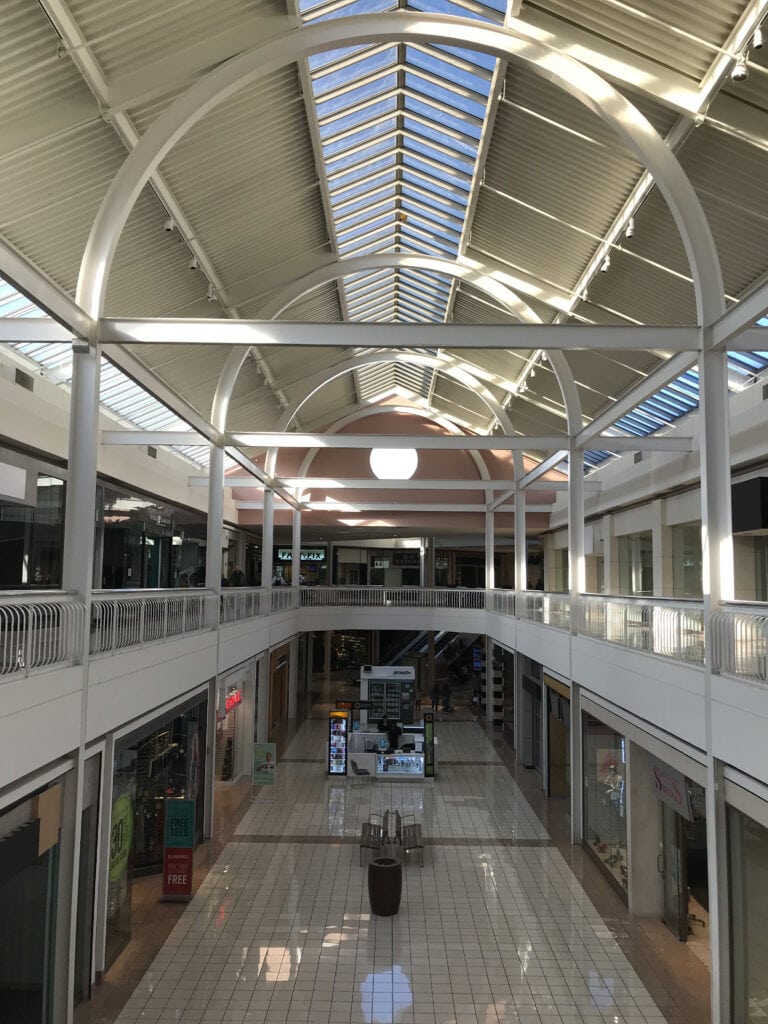
Anchor Store Departures and Final Lease Deals
Sears closed in March 2019, but the news had landed months earlier, bundled in a December 2018 sale announcement from Sears Holdings.
The Plano location was one of 505 properties offloaded after the bankruptcy filing. Mall owner Centurion American purchased the space outright, anticipating demolition.
Dillard's had already exited. The closure was announced on October 7, 2013, with the store set to vacate by January 2014. The space was never reactivated. Even during redevelopment planning, it remained sealed off, eventually marked for teardown.
JCPenney lingered. It had opened late, on July 29, 1983, and owned its footprint. When Centurion acquired most of the Collin Creek Mall, JCPenney held the corner.
That changed in August 2020, three months after the chain filed for bankruptcy protection.
The company confirmed that the store would close by the end of November, and the 10.6-acre tract was sold for $15 million.
Other spaces had changed hands before then. Lord & Taylor, opened in 1981, became Mervyn's by 1990. Mervyn's left in 2006.
That corner then held Amazing Jake's, a family entertainment center that lasted until April 1, 2019. Each exit was tied to economics, but the timing of their departures tracked with larger mall-wide cycles.
Development Pitches and Project Takeover
In early 2018, a $1 billion redevelopment plan surfaced. Sam Ware, the developer behind Dreien Partners, had pitched a riverwalk concept.
The vision centered around reshaping the northern wing and lacing the parking lot with mixed-use buildings and a synthetic waterway.
A hotel, apartments, green space, retail fronts, and even a pitch to Amazon for HQ2 were all part of the plan.
The idea collapsed before any dirt moved. A conflict between Dreien and its lender allowed the contracts to lapse, and the property's course shifted.
Later that year, Centurion American Development Group acquired the Collin Creek Mall. They kept the dollar figure in range but scrapped the water element.
Centurion's approach was different in tone. Instead of a total teardown, they planned to preserve parts of both wings. The design featured a residential zone, two office buildings, restaurants, a hotel, a concert venue, and an underground garage.
That balance helped the city approve early permits without hesitation.
A farewell event took place on July 26, 2019. Collin Creek Mall closed five days later. The signs were pulled, some tiles stripped, and the remaining storefronts went dark.
If you stood in the food court that final week, the overhead music still played, but barely anyone listened.
Demolition at Collin Creek Mall began in mid-September 2019, shortly after the mall's final closure. Crews began dismantling the two-level structure along US 75, removing major portions of the original 1.1 million-square-foot structure.
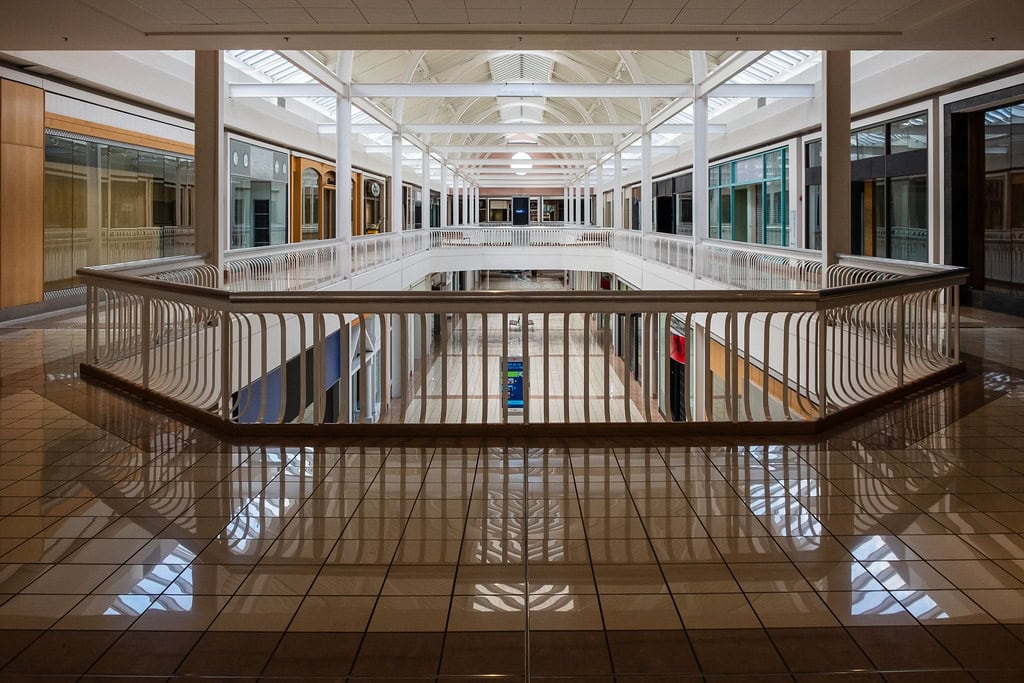
Groundbreaking, Sewer Lines, and Settling Old Debts
On September 24, 2021, shovels finally hit the ground. City officials, developers, and contractors marked the start of work on the Collin Creek Mall redevelopment.
But the first changes weren't about steel or retail frontage. They were about plumbing.
Plano partnered with Centurion American on a municipal sewer upgrade, reinforcing the culverts that still carried Spring Creek under the site.
That part had to happen before any vertical construction could start. The work was invisible to the casual eye, but beneath the cleared parking lots, crews rebuilt the arteries that kept the project viable.
By 2023, the legal dust began to stir. Centurion American filed suit, accusing Megatel Homes of delaying redevelopment through a disputed purchase option.
In August 2024, a jury ruled unanimously in favor of Centurion. The court awarded over $1 million in legal fees and confirmed the company's right to proceed with its case.
Those decisions cleared more than the title. They reset the timetable. What followed wasn't flashy, grading dirt, staking foundations, routing cables, but every quiet movement on site pointed to the same thing.
The old shell was gone. What remained was infrastructure and the right to build. To pass by the fences that summer was to watch a paused concept lean forward again.
Garage Done, Dirt Moved, and Streets Coming Together
By March 2025, the 1,976-space underground parking garage was finished. Most people wouldn't see it unless they lived or worked there, but that structure made the next phase possible.
Construction crews cleared the large dirt mounds by May. Foundations were visible. Concrete had started to form outlines for two apartment buildings.
Steel rebar sat bundled on pallets nearby, ready for framing. The single-family homes, part of a 500-lot plan, had already begun to fill.
Over the next year, the full residential footprint was expected to include more than 2,300 multifamily units and 300 independent-living residences tied to Plano ISD boundaries.
The next step looked more like city planning than mall design. Streets were being cut and shaped. Infrastructure for water, power, and drainage was visible at the curb lines.
Light poles waited uninstalled beside boxes of wiring. The main retail spine was still months off, but the grid for it had started to emerge.
That section would eventually house around 340,000 square feet of open-air commercial and dining space, along with a four-star hotel and roughly 40,000 square feet of function rooms for business and community events.
If you drove past on Collin Creek Parkway, you wouldn't see much storefront glass yet. But you could see where it would go.
And if you stood still long enough, you'd catch the low mechanical pulse of progress, quiet, repetitive, steady, the opposite of what malls once aimed to be.
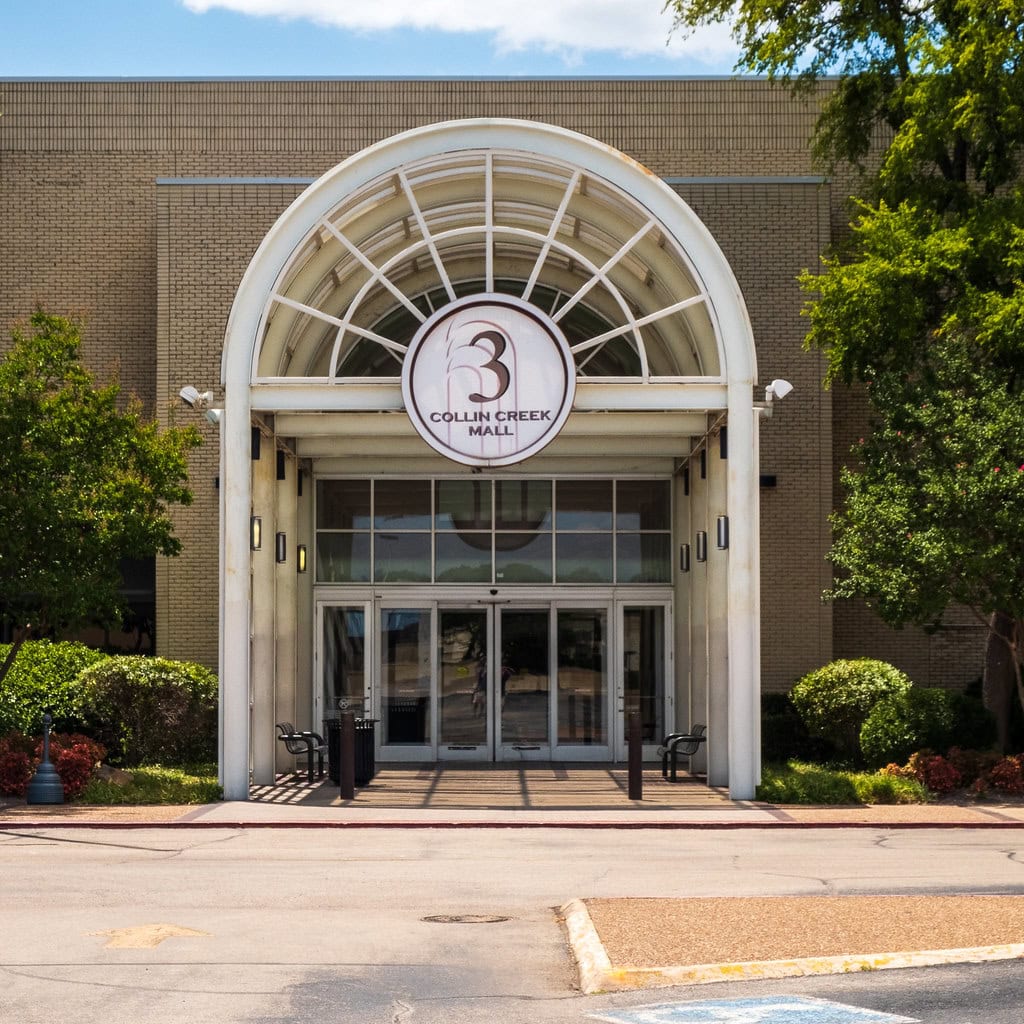
🍀

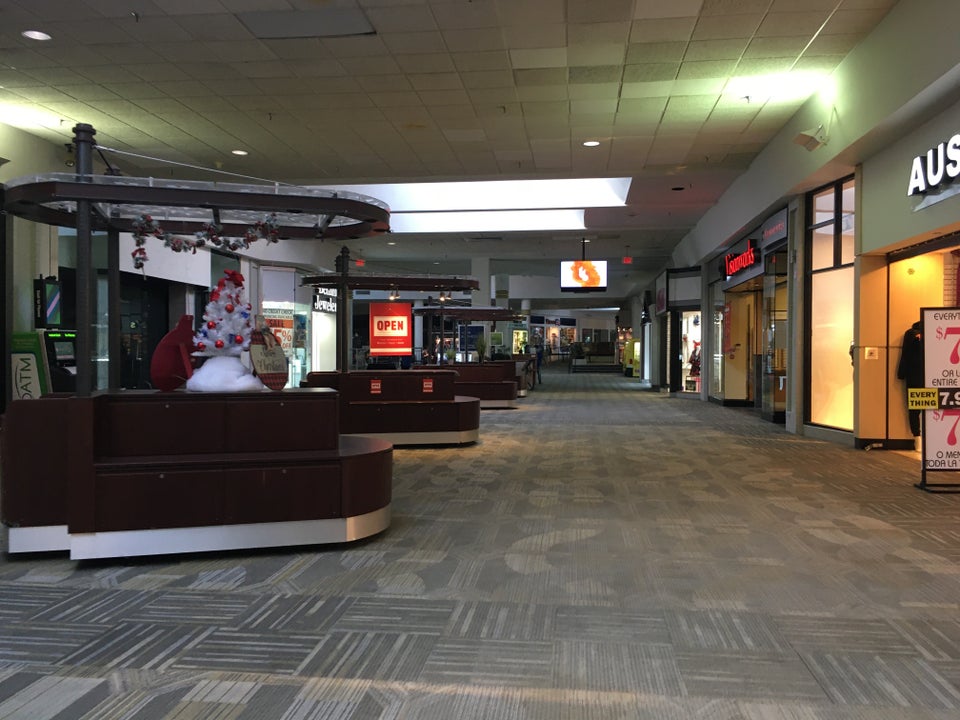
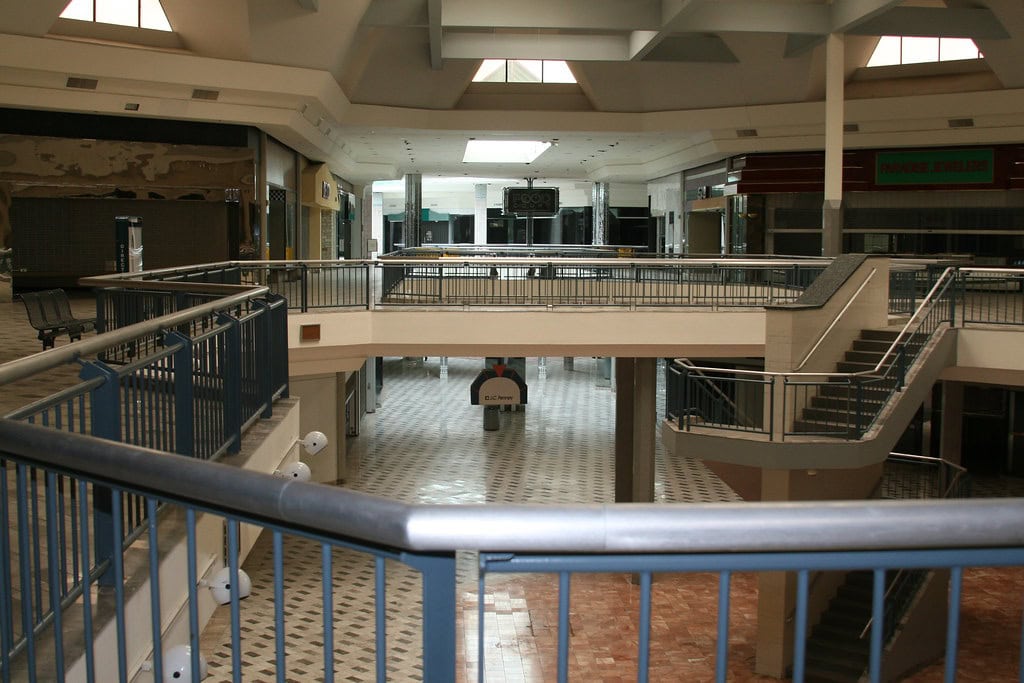
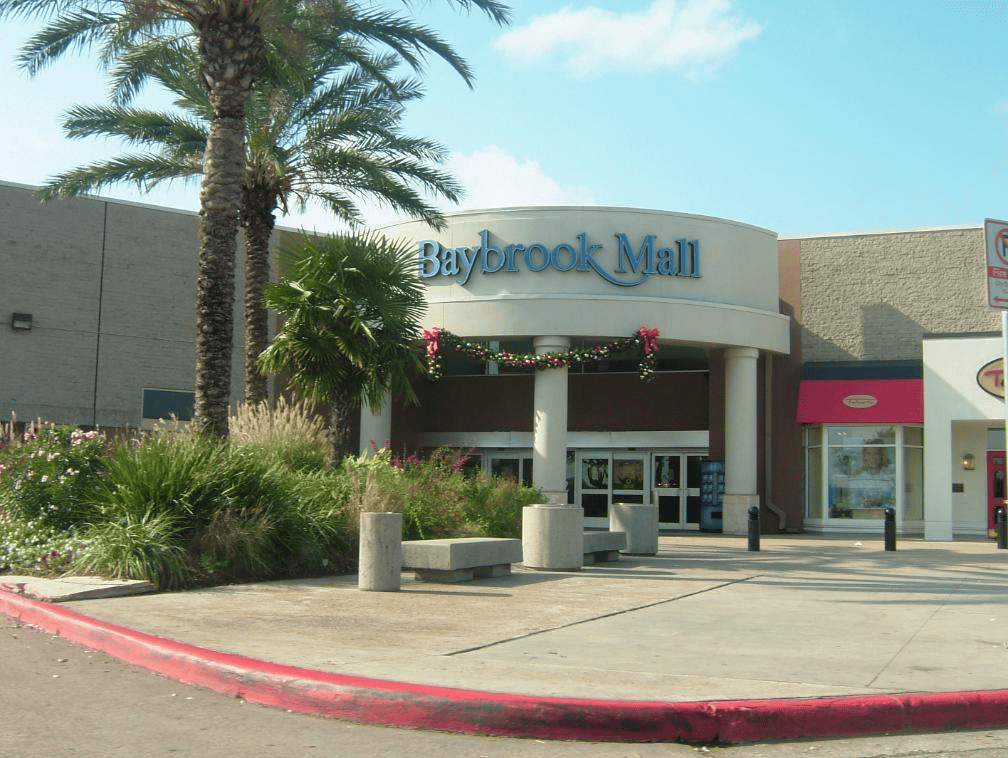
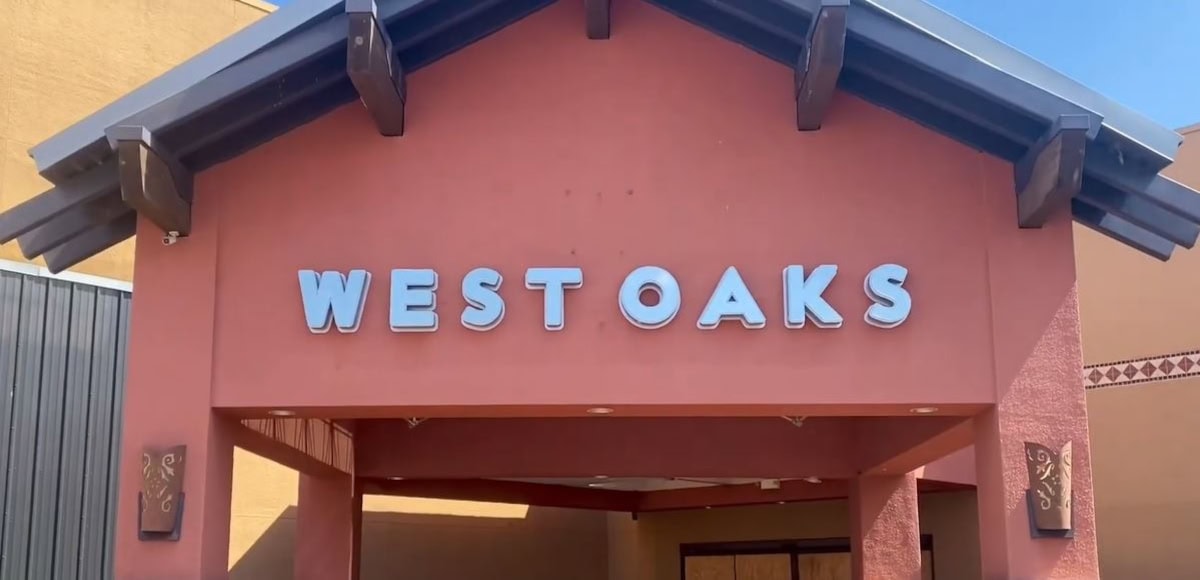
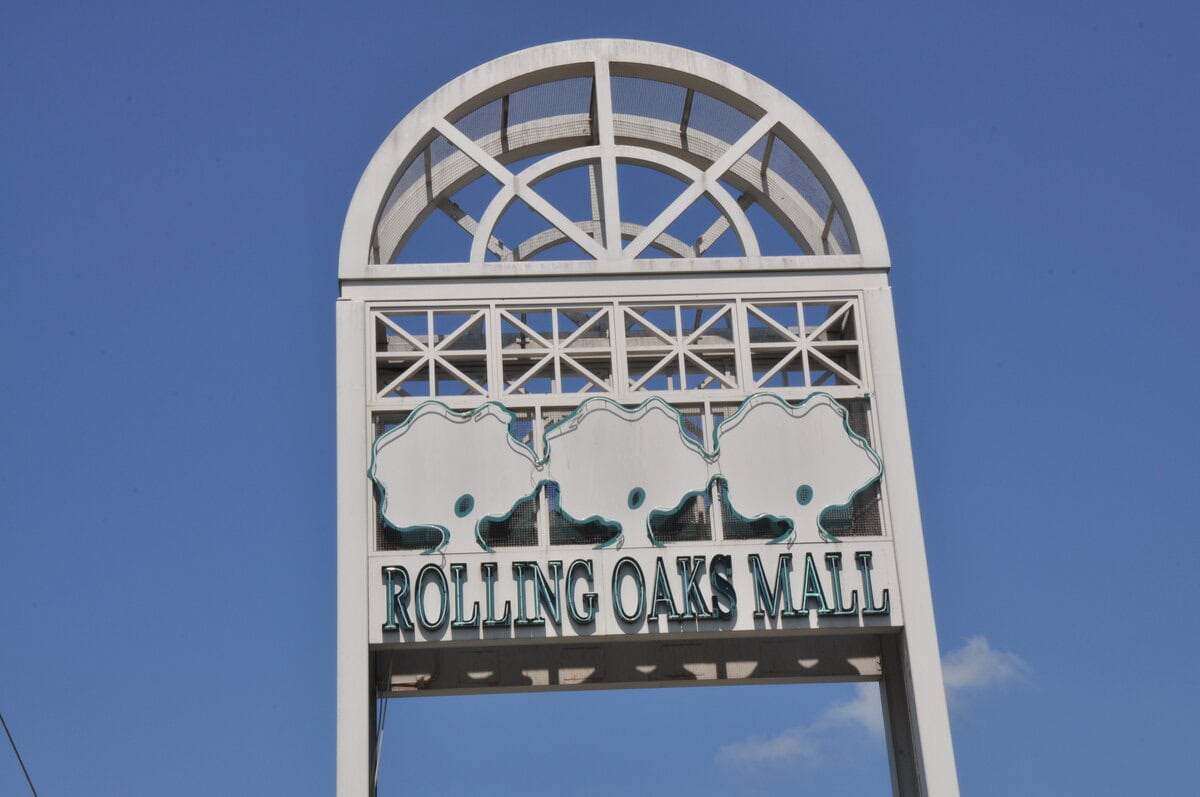
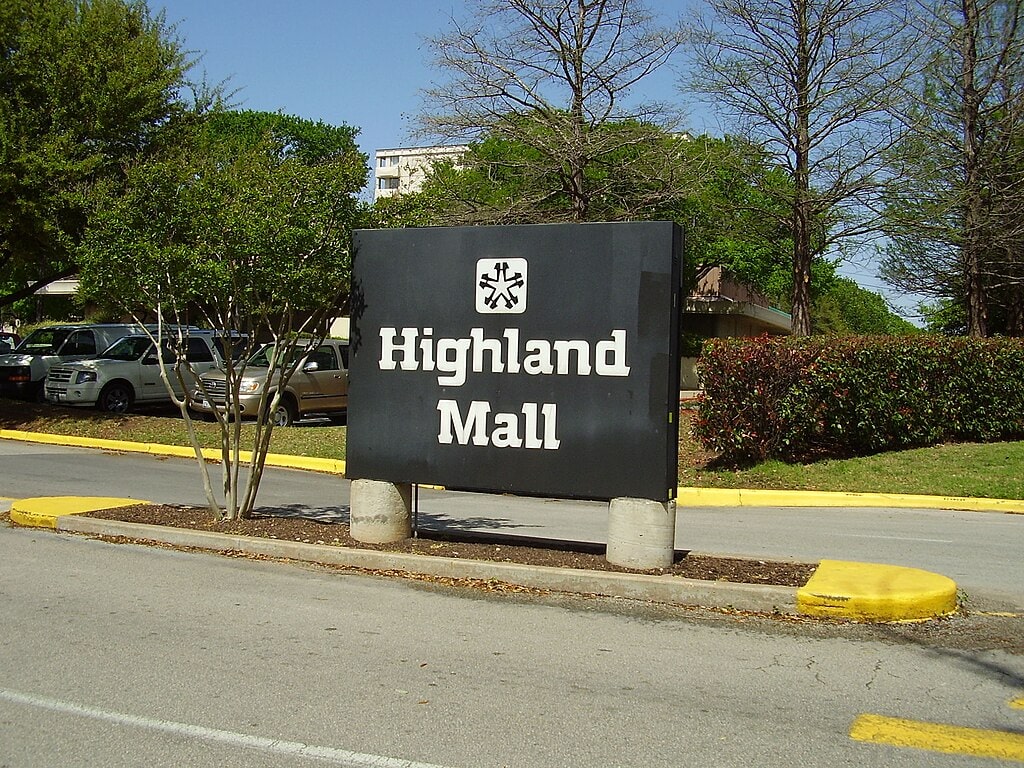
I moved here in May 2018 was the first mall I ever went to in Plano was very quiet. I think maybe 20 people were there at the time.
Thanks for sharing that. Strange thing, walking into a mall with more echoes than footsteps. By 2018, Collin Creek had already entered its final chapter.
The title says, "Collin Creek Mall Is Gone – But What’s Replacing It Will Change Plano, TX". Yet it's going through the whole history. They're using a lot of words to fill up a page. I lost interest and couldn't make it to the end. Particularly with all the advertisements too, trying to find the next part of the article. I'll just be surprised when I see it happen in Plano in real life. The title should have read, "The Whole History of Collin Creek Mall and What's to Come in Plano, TX"
The title was meant to signal what's ahead, but I see how it missed the mark if you were expecting a quicker route to the future plans.
Moved to Texas in 1986 and loved going to Collin Creek mall!!! Times continue to change......not always for the best.
That's a memory carried by many - moving in, finding your footing, and making a habit out of one place that felt reliable. Hard to watch it disappear.
I moved to Texas as a very young child in 1974. I played soccer on the fields that later became Collin Creek Mall. I was there on opening day (after watching Prince Charles and Diana's wedding), and when I became a teenager, I worked at a store in the mall. Collin Creek was beautiful and was where everyone hung out. It was a big part of my youth. I'm saddened to see its decline and eventually its end. Lots of great memories from the countless hours I spent there working or with friends. It will be missed!
You didn't just shop there - you watched it rise, worked its floors, and saw it fade. That kind of relationship with a space doesn't come around twice. Thank you for writing it down.